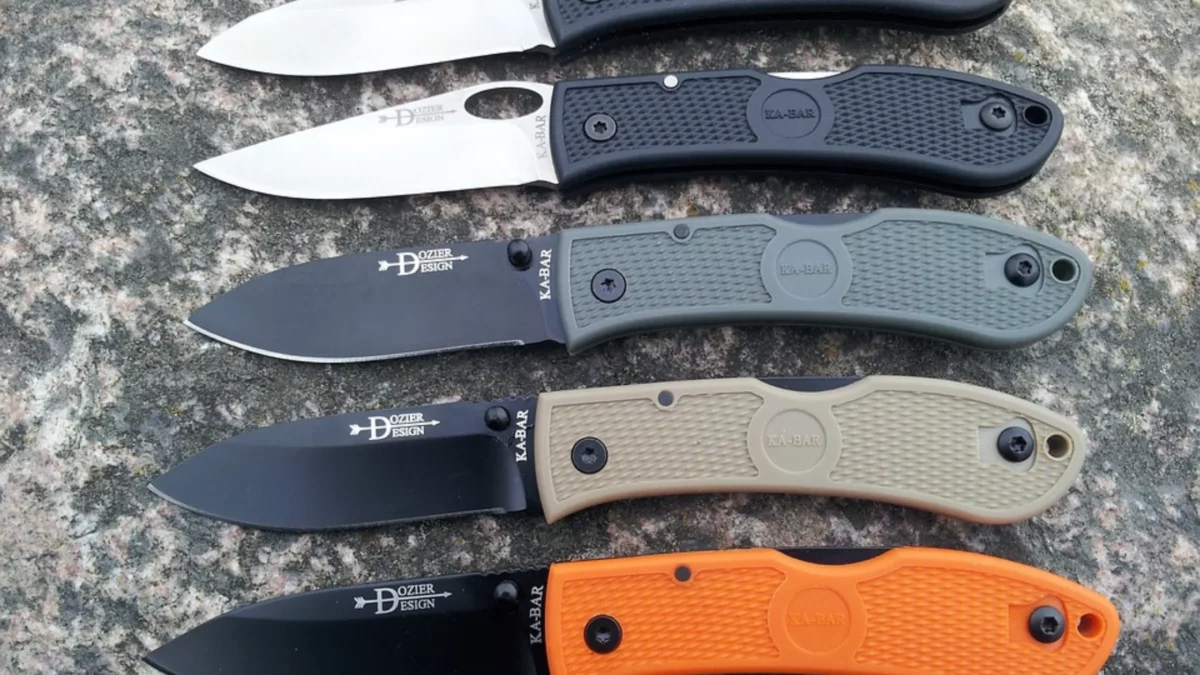Table of Contents
A knife grind is how a knife cutting edge is shaped. Each blade grind has its specific job, and none is referred to as the best since they are all used for different tasks.
It is essential to recognize and gain knowledge of the right blade grind depending on how you intend to use your knife and for maintenance purposes.
There are different types of knife grinds that have other cutting edges determined by the blade’s cross-section. If you choose the wrong knife grind, it beats the purpose of the knife.
Below are the most popular knife grinds used on a day-to-day basis.
- Full Flat Grin
- Hollow Grind
- Sabre Grind
- Scandi Grind
- Convex Grind
- Chisel Grind
- Full Flat Grind
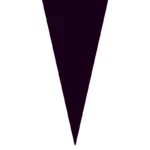
This is known to be the simplest of all the grinds and is mostly used in kitchen knives. It is therefore not advisable for hunting. The blade is extremely sharp and is triangular in shape despite its name.
It requires to be maintained frequently because of its brittleness and thinness. If you are looking for a good slicing or chopping knife, this is the most ideal since it allows precise cutting without steering or wandering.
The Full flat blade grind is very easy to use but often loses the edge bevel if regularly sharpened. It can be thin or thick depending manufacturer. It is highly recommended as a kitchen knife or survival knife.
For manufacturers, it is one of the easiest grinds to make, causing it to be slightly more affordable than the others.
- Hollow Grind

The grind has a sharp cutting edge because it curves inwards to equally meet in the middle, thus creating a thin sharp edge. It is known to be concave and mainly used for skinning knives.
Hollow blade grind is a good choice for hunting but not for tough or demanding tasks like wood cutting. When an object is cut using the hollow grind, it immediately starts separation because of its concaved properties.
Another advantage is hollow grind makes preparing food much easier and faster since it resists the sticking of food or any other sticky materials due to less friction.
It also has less material supporting the edge and tends to lose the sharpness quickly, meaning it should be regularly maintained and re-sharpened.
- Sabre Grind
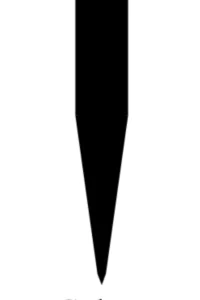
Sabre Grind is another commonly used grind. It consists of a flat initial bevel that leads into another bevel which is slightly similar to the flat or the hollow grind.
It is very versatile and best used for tough tasks since it is in the strongest, heavy-duty grind category. Depending on the type of steel used, it is very durable, allowing the blade to perform very well in chopping, cutting, slashing, and penetrating as well.
Sabre Blade Grind doesn’t make a good slicer, but it is the best knife used in camping, hunters, and general people who are hard on knives.
- Scandi Grind
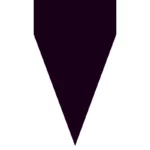
The Scandi grind, also known as Scandinavian, is similar to the flat grind, but the taper starts closer to the cutting edge. It has thin edges making it sharp and easy to cut through and is extremely durable and strong.
It is basically an all-rounder type of knife and a favorite among those who don’t want to carry different knives for different tasks. It thus lacks slicing ability.
If you are looking for reliable and strong hunting or woodwork knife, this is the best blade grind for you.
This one definitely works well from chopping wood to the preparation of food, but sometimes it is tough to re-sharpen as you have to remove a bit of material.
Scandi Blade grind is common in most Moraknive Bushcraft Knives.
- Convex Grind
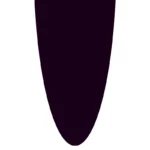
Convex grind curves to opposite way to the hollow grind and doesn’t tape flat to the edge. This makes the blade strong and sharp.
Convex blade grind is specifically used for heavier tasks like chopping, splitting, and hacking because it is the strongest and can be used on basically anything without any edge damage.
Most people use this for survival, camping, or bushcraft, and it is also very easy to sharpen and maintain. Depending on the type and quality of steel used, the convex grind is usually very durable.
Due to its thickness, it is not good for slicing and is generally not preferred as a pocket knife.
- Chisel Grind

One side of a chisel grind is flat, and the other side has an angle of around 25 degrees. As the name suggests, the grind looks exactly like the chisel tool.
A chisel blade grind provides a very strong and sharp edge on one side of the blade and is best used in heavy-duty work. It mostly needs to be maintained regularly since the sharp edge is only on one side.
This grind is used the same way a chisel tool is used. It is known to be good at making cuts away from you, for example, slashing at an angle or chopping and wood curving.
Mostly found in Bushcraft knives and some Japanese kitchens since it is not recommended as an everyday knife.
The Chisel grind is easy to sharpen and perfect for scrapping tasks. It is not good for precise cutting or woodwork due to the heaviness on the flat side, making it a challenge to be used in one direction or with one hand.
Full Flat Grind vs Hollow Grind
These are arguably the two most polarizing blade grinds. They each have unique features, strengths, and weaknesses.
- A full flat grind is best for cutting while a Hollow grind is best for slicing. They both can accomplish slicing and cutting but each has its strengths.
- In terms of strength a full flat grind is stronger than a Hollow grind.
- A hollow grind is more present in knives with thin edges while a full flat can be used in heavy thick knives.
- Full flat blade grind can be applied in most knives including Kitchen knives, Every Day Carry, hunting knives and more. On the other hand a Hollow grind is more suitable for Skinner knives, small sized EDC and razor blades.
- A full flat grind although strong does not cut as good as a hollow knife grind.
- A hollow grind is more likely to be fragile compared to a full flat grind.
Sabre grind vs Full Flat grind
A sabre grind is mostly perceived as an alternative to a full flat grind. It is not much different in shape and can serve the same functions as a full flat knife grind. Here are their differences in features, strengths, and weaknesses.
- A Sabre knife grind is more durable than a full flat knife grind in chopping and penetration activities.
- A sabre grind is typically found in tactical knives, military knives like the Ka-bar, and camp knives. A full flat blade grind is found in most common knives regardless of their use.
- A sabre grind does not offer as good of a cutting experience compared to a full flat grind.
- A sabre grind is easier to sharpen but dulls fairly quickly as compared to full flat grind.
- Both A sabre grind and a true full flat grind do not offer a secondary edge bevel.
Conclusion
The grind of the blade determines the task at hand. For someone who has zero experience in knife grinds, I’d highly recommend you start with Scandi since it’s the easiest to maintain and sharpen.
For hunting purposes, Convex and Sabre grinds are preferred because of how versatile they are.
Each blade grind works differently depending on what you plan to use it on. Most of the blades are strong and durable, but they frequently need to be sharpened and well maintained so as to last longer.
It is not yet known which knife grind is the best, but one thing for sure is that all the grinds meet their expectations according to the specific task.
When buying a new knife, there are a lot of characteristics that differentiate them, but one important aspect to consider is the blade grind.

